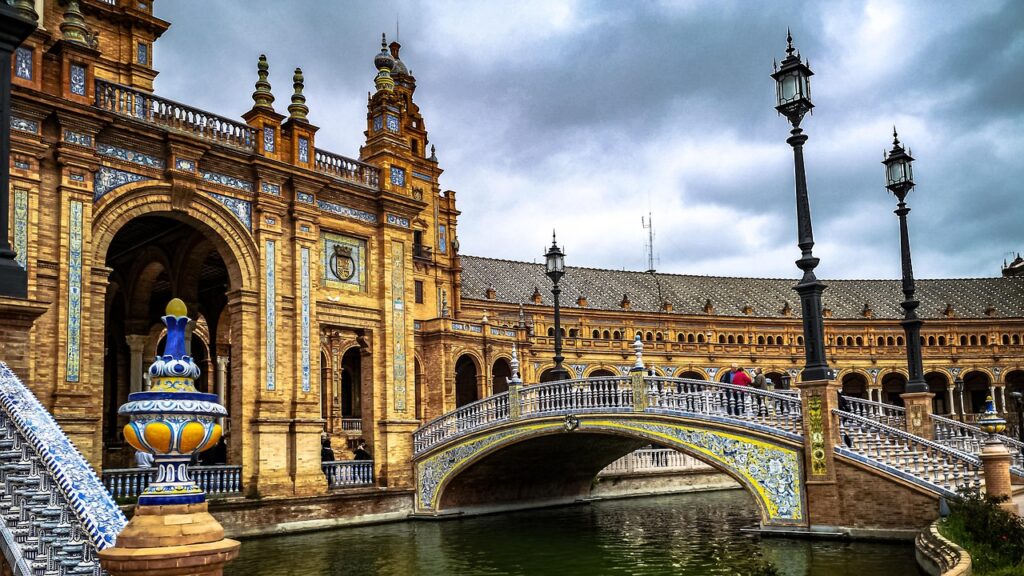Table of Contents
ToggleAndalucia: The Heart and Soul of Spain
Introduction
Andalucía, located in the southernmost region of Spain, is a land of vibrant culture, rich history, and breathtaking landscapes. It is a place where the past and present coexist harmoniously, offering visitors a unique blend of tradition and modernity. From the sun-drenched beaches of the Costa del Sol to the snow-capped peaks of the Sierra Nevada, Andalucía is a region of contrasts and surprises. This article delves into the essence of Andalucía, exploring its history, culture, cuisine, and natural beauty.
A Historical Tapestry
Andalucía’s history is a tapestry woven with the threads of various civilizations that have left their mark on the region. The Phoenicians, Romans, Visigoths, and Moors have all called Andalucía home, each contributing to its rich cultural heritage.
The Moors, in particular, had a profound impact on Andalucía. They ruled the region for nearly 800 years, from the 8th to the 15th century, and their influence is still evident today. The Alhambra in Granada, the Mezquita in Córdoba, and the Giralda in Seville are just a few examples of the stunning Moorish architecture that can be found throughout Andalucía.
The Alhambra, a UNESCO World Heritage Site, is perhaps the most iconic symbol of Moorish Spain. This sprawling palace and fortress complex is a masterpiece of Islamic art and architecture, with its intricate tilework, lush gardens, and serene courtyards. The Mezquita, or Great Mosque of Córdoba, is another architectural marvel. Its forest of columns and horseshoe arches create a mesmerizing visual effect, while its history as a mosque-turned-cathedral reflects the region’s complex religious past.
The Reconquista, the Christian reconquest of Spain, culminated in 1492 with the fall of Granada, the last Moorish stronghold. This event marked the beginning of a new era for Andalucía, as it became part of the unified Kingdom of Spain. The region played a crucial role in the Age of Exploration, with the port of Cádiz serving as a launching point for many of Spain’s voyages to the New World.
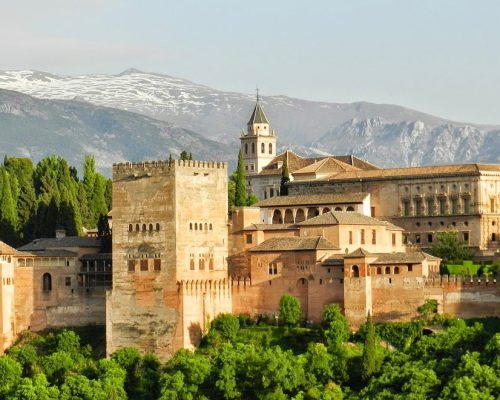
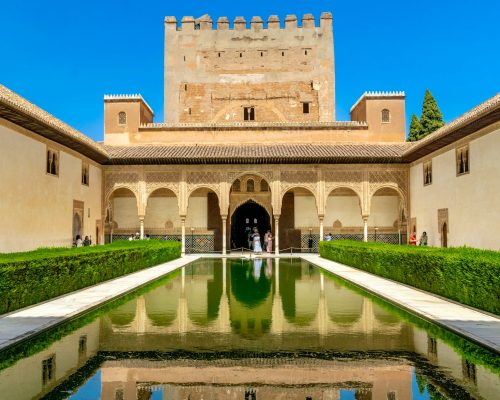
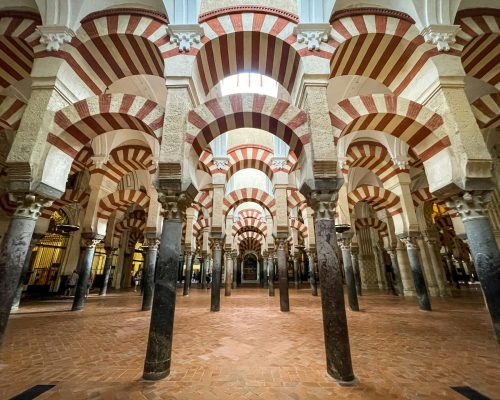
A Cultural Melting Pot
Andalucía is often considered the cultural heart of Spain. It is the birthplace of flamenco, a passionate and expressive art form that combines singing, guitar playing, dance, and handclaps. Flamenco is more than just a performance; it is a way of life, deeply rooted in the region’s history and traditions. The city of Seville is particularly renowned for its flamenco scene, with numerous tablaos (flamenco venues) offering nightly performances.
Bullfighting is another cultural tradition associated with Andalucía. While it is a controversial practice, it remains an integral part of the region’s identity. The Plaza de Toros in Ronda, one of the oldest bullrings in Spain, is a must-visit for those interested in this aspect of Andalusian culture.
Andalucía is also known for its vibrant festivals, which are celebrated with great enthusiasm throughout the year. The Feria de Abril in Seville is one of the most famous, featuring colorful tents, traditional music, and dancing. Semana Santa, or Holy Week, is another major event, with elaborate processions and religious ceremonies taking place in cities and towns across the region.



Culinary Delights
Andalucía’s cuisine is as diverse and flavorful as its culture. The region’s Mediterranean climate and fertile soil make it an agricultural powerhouse, producing a wide variety of fresh ingredients. Olive oil, often referred to as “liquid gold,” is a staple of Andalusian cooking and is used in everything from salads to fried foods.
Gazpacho, a cold tomato-based soup, is one of Andalucía’s most famous dishes. It is particularly refreshing during the hot summer months and is often served with a side of crusty bread. Another popular cold soup is salmorejo, which is thicker and creamier than gazpacho, thanks to the addition of bread and olive oil.
Seafood plays a prominent role in Andalusian cuisine, especially in coastal areas. Fried fish, or pescaíto frito, is a beloved dish, often enjoyed at beachside chiringuitos (beach bars). The region’s tapas culture is also worth noting. Tapas are small, flavorful dishes that are typically shared among friends and family. In Andalucía, it is common to go on a tapeo, or tapas crawl, hopping from one bar to another and sampling a variety of dishes.
Andalucía is also home to some of Spain’s most famous wines. The region’s sherry production, centered in the town of Jerez de la Frontera, is world-renowned. Sherry comes in a range of styles, from dry and crisp to sweet and rich, making it a versatile accompaniment to many dishes.

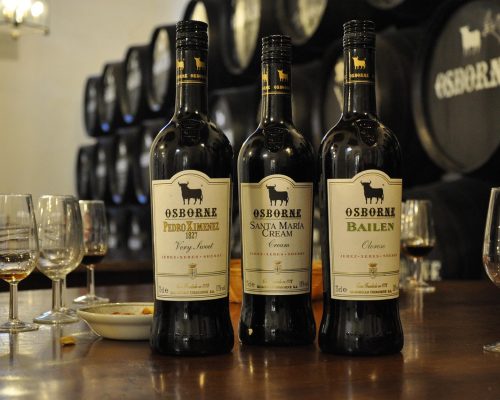

Natural Beauty
Andalucía’s natural beauty is as diverse as its cultural heritage. The region boasts a wide range of landscapes, from rugged mountains and rolling hills to pristine beaches and fertile valleys.
The Sierra Nevada, located in the province of Granada, is one of Andalucía’s most striking natural features. This mountain range is home to the highest peak in mainland Spain, Mulhacén, and offers excellent opportunities for hiking, skiing, and mountaineering. The Alpujarras, a series of picturesque villages nestled in the foothills of the Sierra Nevada, are known for their whitewashed houses and terraced fields.
The Costa del Sol, or “Sun Coast,” is one of Andalucía’s most popular tourist destinations. With its warm climate, golden beaches, and vibrant nightlife, it attracts millions of visitors each year. The coastal city of Málaga, birthplace of Pablo Picasso, is a cultural hub with a rich history and a thriving arts scene.
For those seeking a more tranquil experience, the Doñana National Park is a must-visit. This UNESCO World Heritage Site is one of Europe’s most important wetland reserves and is home to a wide variety of wildlife, including the endangered Iberian lynx. The park’s diverse ecosystems, which include marshes, dunes, and forests, make it a haven for birdwatchers and nature enthusiasts.
The Caminito del Rey, or “King’s Little Pathway,” is another natural wonder in Andalucía. This narrow walkway, carved into the steep walls of a gorge in the province of Málaga, offers breathtaking views of the surrounding landscape. Once considered one of the most dangerous hikes in the world, it has since been restored and is now a popular attraction for adventurous travelers.
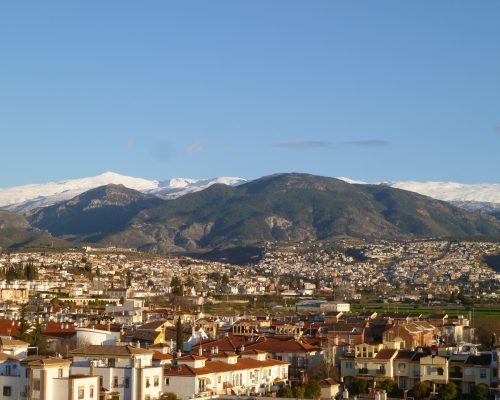
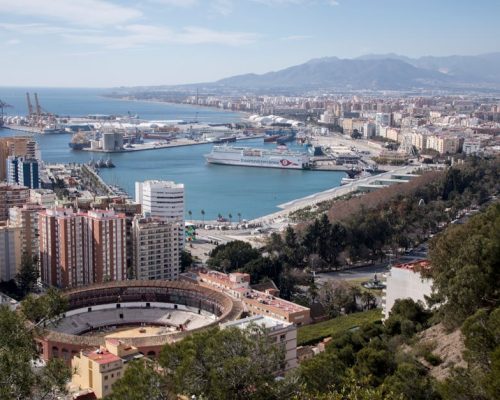
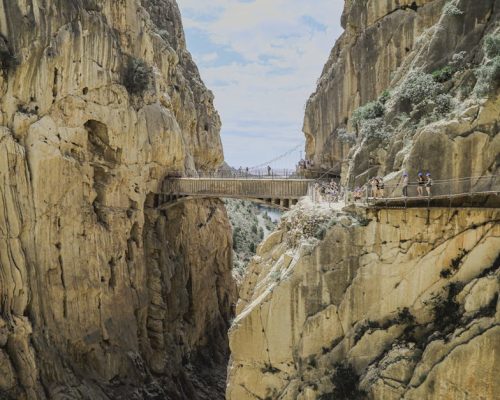
The Spirit of Andalucía
What truly sets Andalucía apart is its spirit. The region’s people, known as Andalusians, are known for their warmth, hospitality, and zest for life. They take pride in their traditions and are eager to share them with visitors. Whether it’s through a flamenco performance, a plate of tapas, or a lively festival, Andalusians know how to celebrate life.
Andalucía is a place where time seems to slow down, allowing visitors to savor every moment. It is a region that invites exploration, offering something for everyone, from history buffs and culture enthusiasts to nature lovers and foodies. Its rich heritage, stunning landscapes, and vibrant culture make it a destination that leaves a lasting impression.
Conclusion
Andalucía is the heart and soul of Spain. It is a region that embodies the essence of Spanish culture, with its passionate flamenco, flavorful cuisine, and rich history. Its natural beauty, from the mountains of the Sierra Nevada to the beaches of the Costa del Sol, is unparalleled. Whether you’re wandering through the narrow streets of a whitewashed village, marveling at the architectural wonders of the Moors, or simply enjoying a glass of sherry under the warm Andalusian sun, you’ll find that Andalucía is a place that captures your heart and soul.
Helpful Travel Planning Tips
Flights:
Search and book with ORBITZ. They search across 100s of travel sites to compare prices. If you are not ready to book? Set alerts for when prices drop.
Accommodations:
To book a hotel, check Hotels.com
Check here for Hostels
Travel Insurance:
I recommend getting travel insurance from Travelex Insurance to protect your purchase as soon as you book.
Activities:
For tickets, tours, and day trips, check with Get Your Guide.
Restaurants:
Disclosure: Please note that some links on this website are affiliate links. At no cost to you, I receive a commission if you make a purchase. I only recommend companies that I research and would use.
